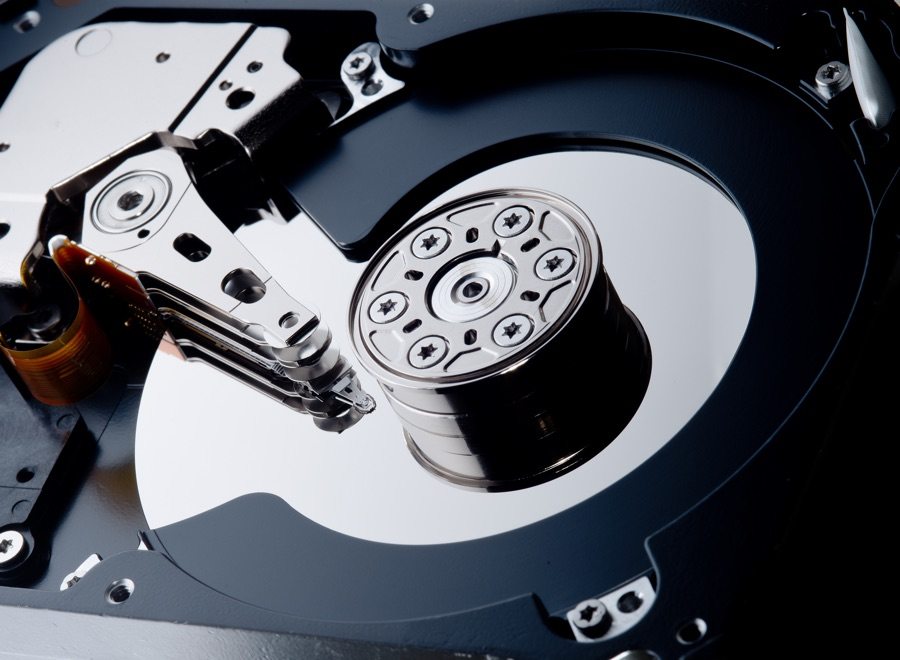Forensic analysis of deleted files is a crucial aspect of digital forensics, involving the recovery and examination of files that have been intentionally or unintentionally removed from a storage device. The primary goal is to reconstruct and analyze digital evidence to support legal proceedings or internal investigations. Various techniques and tools are employed in this process, each with its specific advantages and limitations. One fundamental technique in forensic analysis is data carving, which involves searching for known file signatures and structures within unallocated space on a storage device. This method does not rely on the file system’s metadata, making it effective even when the file system is damaged or the metadata has been overwritten. Data carving tools, such as Scalpel and Foremost, are widely used for their ability to recover fragmented files by piecing together data blocks based on file headers, footers, and internal structures.

Another essential technique is file system analysis, which involves examining the file system metadata to locate deleted files. When a file is deleted, the file system typically marks the space as available but does not immediately erase the data. Tools like EnCase and FTK Forensic Toolkit can parse file system structures, such as the Master File Table MFT in NTFS, to identify and recover deleted files. These tools also offer advanced features like timeline analysis, which helps investigators understand the sequence of events leading to file deletion. In addition to these techniques, the use of low-level disk editors can be crucial in forensic analysis. These editors allow investigators to manually examine and manipulate data at the sector level, providing a deeper understanding of the storage device’s state. Tools like WinHex and Hex Workshop are commonly used for this purpose, offering capabilities such as searching for hex patterns, editing raw disk data, and interpreting various file system structures.
Volatile memory analysis, or RAM forensics, is another vital aspect of forensic analysis, especially in cases involving advanced malware or rootkits. Volatile memory captures can contain valuable information about deleted files that were recently accessed or manipulated. Tools like Volatility and Rekall can analyze memory dumps to extract artifacts, including remnants of deleted files, which might not be recoverable from the disk. Automated forensic suites, such as Autopsy and Sleuth Kit, integrate various techniques and tools into a single platform, streamlining the analysis process. These suites offer comprehensive capabilities, including data carving, file system analysis, timeline generation, and reporting, making them invaluable for forensic investigators. Autopsy, for instance, provides a user-friendly interface and supports a wide range of file systems, making it suitable for analyzing various types of storage media.
Despite the effectiveness of these techniques and tools, forensic analysis of deleted files faces several challenges. Cyber News significant challenge is the increasing use of encryption, which can render deleted files inaccessible without the proper decryption keys. Additionally, advances in storage technology, such as solid-state drives SSDs, introduce complexities like wear-leveling and TRIM commands, which can permanently erase data blocks upon deletion. In conclusion, forensic analysis of deleted files is a multifaceted discipline that requires a combination of techniques and tools to effectively recover and examine digital evidence. Data carving, file system analysis, low-level disk editing, volatile memory analysis, and automated forensic suites each play a vital role in this process. Despite the challenges posed by encryption and modern storage technologies, advancements in forensic tools and methodologies continue to enhance investigators’ ability to uncover and analyze deleted files, supporting the pursuit of justice and security.